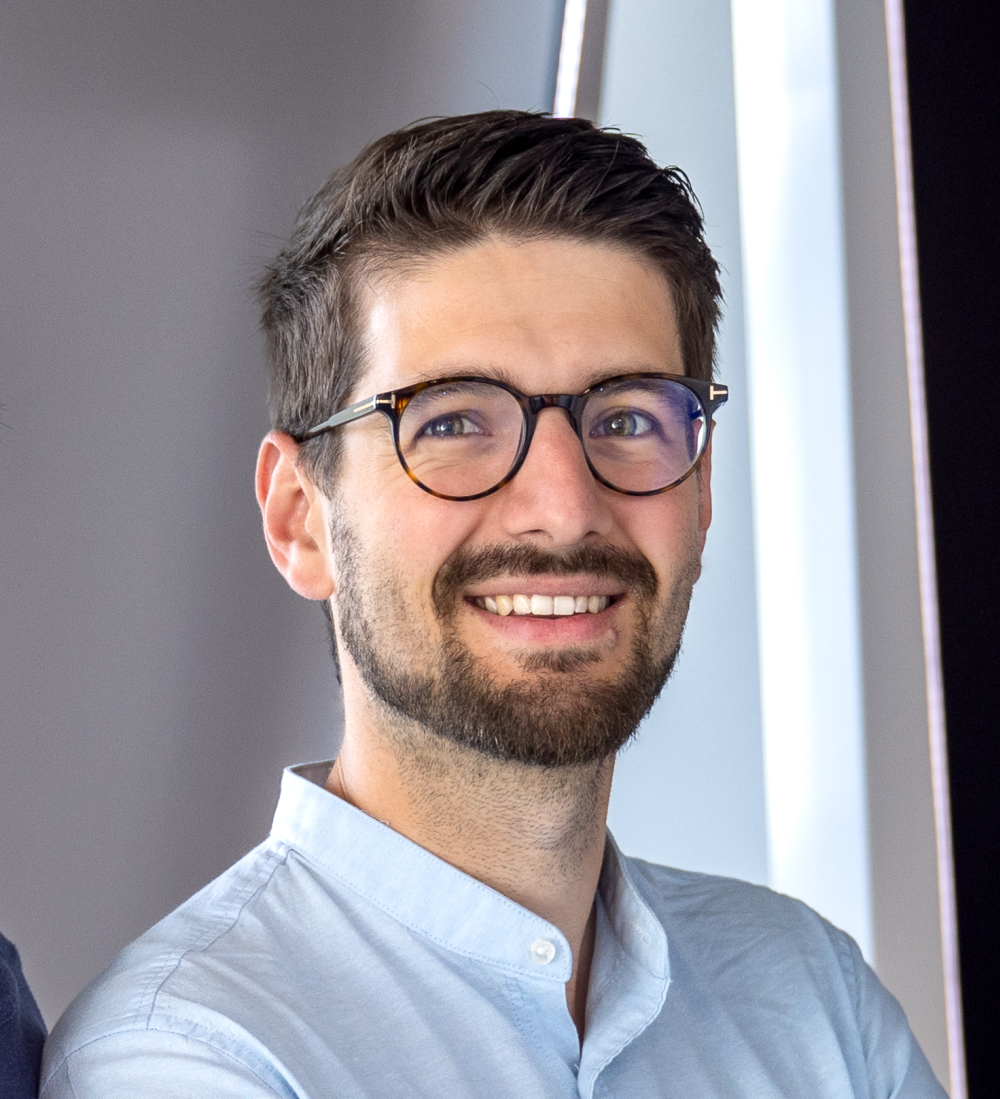„Access, control and transparency“ – How IQM’s Resonance paves the way for reproducible quantum research
Dr. Stefan Seegerer, Head of Product, Quantum Platform at IQM, explains in a talk how Resonance is different from mere showcase offers. He also talks about what role pulse-level access, open source tools and the various QPU topologies play in that and why education and trust are the key factors for success in the future quantum sector.
Dr. Seegerer, you are responsible for the product development of the quantum platform at IQM. What are currently the greatest challenges and chances in your field of work?
The greatest chance in the development of our quantum platform currently lies in the unique opportunity to significantly determine how a large portion of future users will interact with quantum computers in future. We do not only define powerful tools here but shape the user experience for this exciting technology. The milestones we pass on our ambitious roadmap create new potential as we go.
IQM Resonance is positioning itself as an intuitively usable, fully administrated cloud platform for accessing quantum hardware. What was especially important for you in the development – and what are you particularly proud of looking back?
In developing IQM Resonance, it was crucial for us to create a platform that is powerful but above all intuitive and accessible. We intended to lower the entry barriers but at the same time, enable in-depth research. Looking back, I am particularly proud how we managed to bridge that gap: On the one hand, by making access to our hardware easy. We combine the support of established frameworks such as Quiskit and Cirq with our own powerful tools – for example our only recently published package for solving optimisation problems, or our finely granulated pulse-level access. This gives researchers just the flexibility they need.
On the other hand, we are proud to provide access to two different QPU topologies with our IQM Resonance platform. This enables users to choose the specific architecture for their research or project. Another feature that is close to our hearts is the free starter account every newcomer to quantum computing can use to try out this exciting technology on real hardware for free, a step that is important if we want to attract more talent to our field.
Some quantum cloud offers look more like showcase platforms than real tools for reproducible research. How do counter critics – and what makes IQM Resonance different?
At IQM, we concentrate on providing a platform that is more than just a presentation. Our underlying principle is to offer maximum control and transparency to our users which is indispensable for reproducible research.
We are committed to shift as much control as possible to the user side. This means, for example, that the transpilation, i.e. the translation of quantum algorithms to hardware-specific instructions, takes place on the user’s device. This gives researchers full control over every step and avoids ‘magical pipelines’ or hidden optimisation on the side of our servers.
Another example is our pulse-level access: users have full insight down to the microwave pulse level and can control their experiments precisely. This granularity is essential for the repeatability of results and for in-depth analysis.
With two different hardware topologies and high gate fidelities, we also provide a robust and powerful basis. All this aims at making IQM Resonance a reliable and trustworthy tool for advanced quantum research and development.
With Crystal 20, Crystal 54 and Star 24, you offer various QPU designs ranging from highly networked to scalable layouts. Can you give an example where one of these platforms has created real added value already – be it in research or in an industrial project?
Yes, we have concrete examples where our QPUs create real added value. Our quantum computers, for example, are actively employed in the research projects and the work of Proof of Concepts. In a project with DATEV, we utilised one of our QPUs for portfolio optimisation.
In addition to these concrete applications, our different QPU designs contribute fundamentally to research. Just take our Star 24 processor: its unique design with a central resonator enables us and our research partners to explore new approaches in quantum error correction. This research is essential, as error correction is key to truly error tolerant quantum computers. We have already published important results in this respect that show how our hardware enables innovative research in the field of error correction.
Openness is a recurring principle at IQM – whether in the integration of common frameworks such as Qiskit or Cirq, or in providing insights into hardware details. Why do you hold transparency in such high regard – and how can it be experienced in your everyday business?
For us at IQM, transparency is a fundamental pillar. We are firmly convinced that it is crucial for building trust in this still young technology and for providing scientists with the best possible support. When users understand how quantum computers work and how their experiments can be carried out, they can develop better algorithms and interpret their findings better. This is also essential for the reproducibility of scientific research.
Every day, you can experience transparency in different ways: in the software components such as the pulse-level access or in the architecture with which we want to enable the community to contribute their own solutions to build local quantum hubs. There are also our open source contributions such as the QAOA library or our chip design software KQCircuits.
In short: we help to create an ecosystem where knowledge is shared and everyone can delve into the technology. That is the way to unleash the full potential of quantum computing.
When you look ahead to the next two to three years, what would say is realistic with respect to NISQ applications, hardware development and their use in industrial projects?
The next two to three years will be very exciting for quantum computing, and for IQM. In the area of NISQ (Noisy Intermediate-Scale Quantum) applications, we expect to increase gate performance considerably and get better at mitigating and suppressing errors. Progress in quantum chemistry and material science will be very interesting to watch.
In hardware development, the course is clearly set towards error tolerant quantum computing. Over the next two to three years, we will see further steps in scaling our qubit numbers – with systems such as the 150 qubit and the 300 qubit systems we deliver to VTT in Finland. The focus will be on developing the first quantum error correction demonstrators.
Finally, let’s take a look at talent promotion. With the IQM Academy and Spark, you are strongly committed to quantum education. What works well – and where do you still see obstacles for academic training and industrial applications?
Talent promotion at IQM is of strategic importance. The shortage of skilled labour is one of the greatest challenges in the entire industry. We will do our best to close that gap.
What works well is the practical approach of our initiatives. With IQM Sparks, we provide a truly superconductive quantum computer to universities. It is a game changer as students can learn and understand how quantum systems work using actual hardware. The IQM Academy perfectly complements this as a free platform that enables access to quantum computing for everyone regardless of prior knowledge. The combination of theory and direct hardware approach is extremely effective.
Despite this progress, we still see challenges, especially in adapting the academic training to the rapid pace of industrial development. Quantum technology continuously advances further, making it necessary to adapt curricula again and again. Our aim here is to put the focus on the underlying concepts instead of teaching specific programming frameworks. We therefore work with examples and open material to provide deep insights into the fundamental ideas of quantum computing thus training the next generation of quantum experts and best preparing them for the industrial applications.
zurück zur Übersicht
